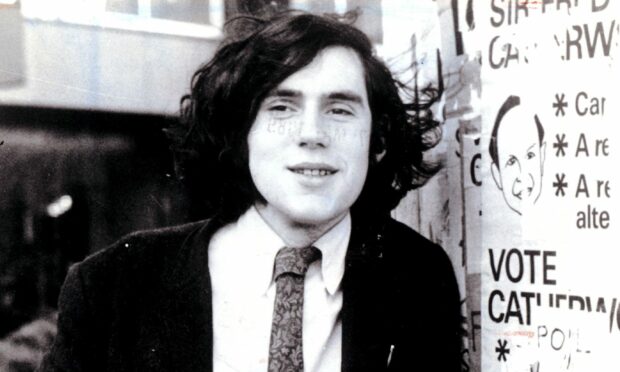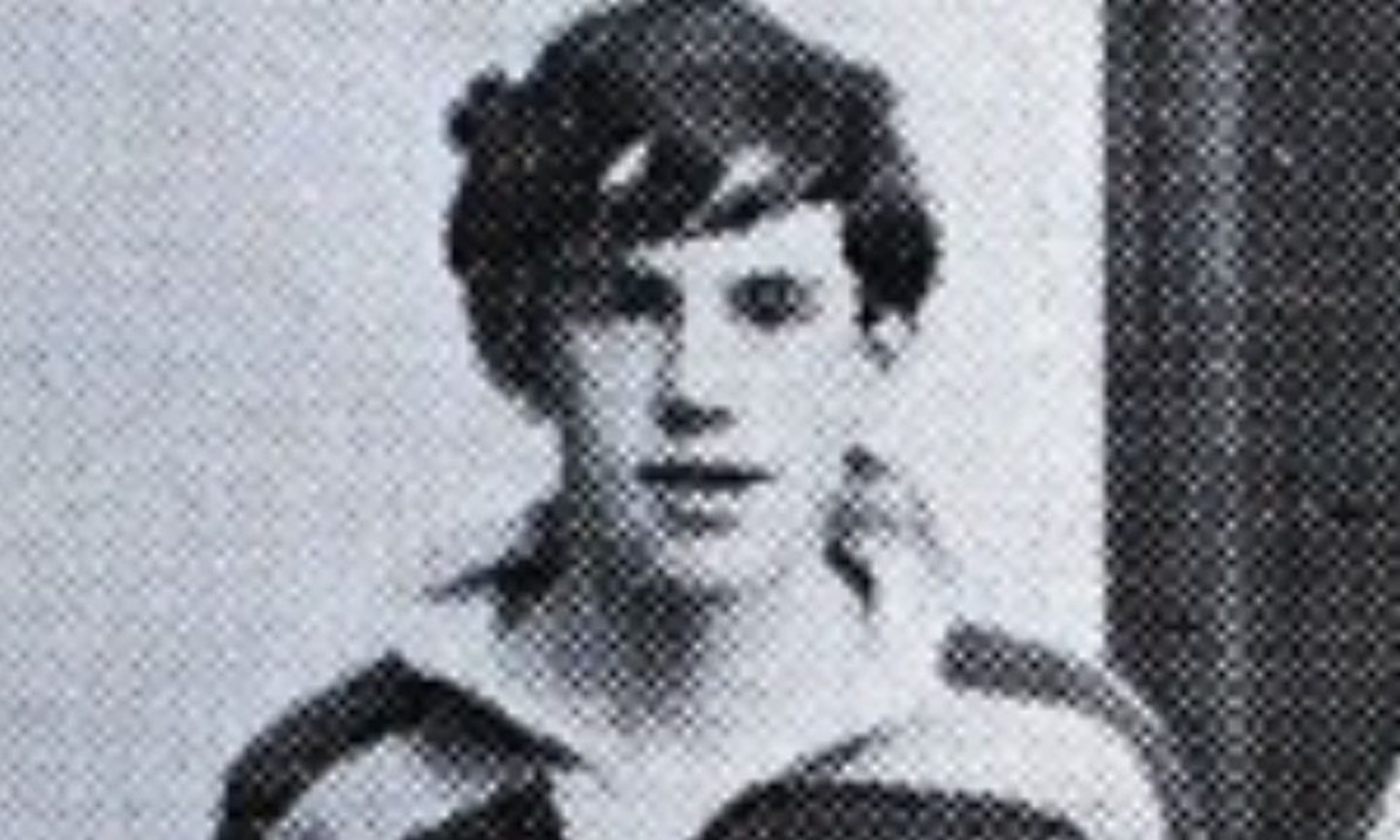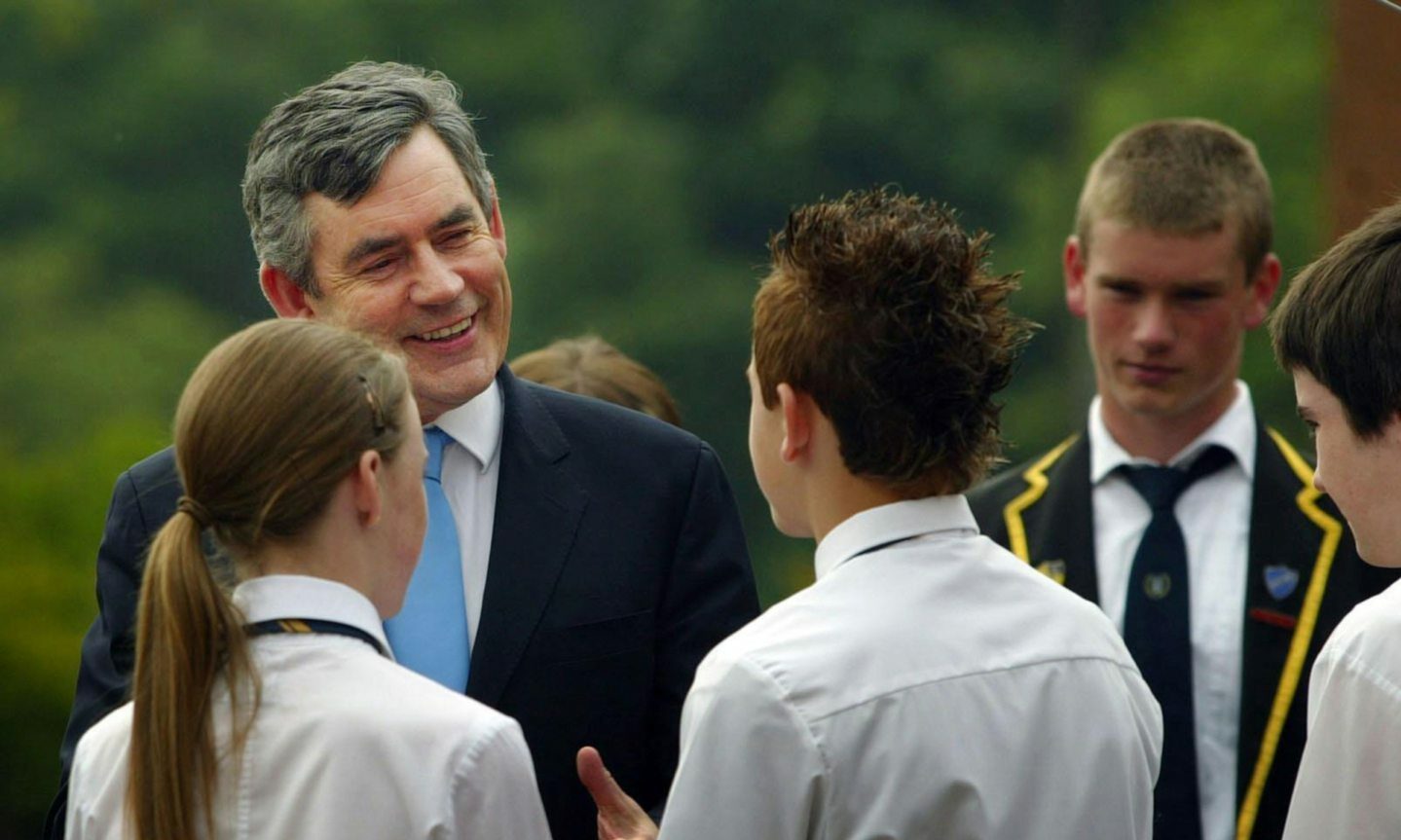Liz Truss’s claim to be the first prime minister to have gone to a comprehensive school inadvertently thrust Kirkcaldy High School into the limelight.
The crisis-hit Conservative PM made the remark on Wednesday in her speech to the party conference in Birmingham.
And commentators were quick to ask: “What about Gordon Brown?”
Many – including her rivals – pointed to the 71-year-old Fifer’s education at a state school as proof Ms Truss was wrong.
But broadcaster Andrew Neil wrote: “Labour is wrong. Kirkcaldy High was not a comprehensive when Brown went to it.”
He added: “Entrance exams for Kirkcaldy High did not end until 1970 by which time he was at Edinburgh University.”
Kirkcaldy High School changes
The Courier’s schools and family team set out to provide some clarity.
A comprehensive school is typically a secondary which does not select its intake on the basis of academic achievement.
All publicly-funded secondary schools in Scotland are comprehensives – however this was not always the case.
Former Kirkcaldy High School rector Derek Allan confirmed the school WAS selective when Gordon Brown was a pupil in the 1960s.
Mr Allan – who retired earlier this year – said it only became a comprehensive in the early 1970s.
He told us: “According to a Friends of Kirkcaldy High School (an alumni group) magazine, the coming of comprehensive education was in 1972.
“It changed the nature of Kirkcaldy High School to an amalgamation of Templehall secondary school which became the junior building of Kirkcaldy High School.
“The school leaving age was increased to 16 at that time as well.”
‘Hothouse experience’
Mr Allan recalled that the future Labour Chancellor and PM had been enrolled in a scheme called E-stream (meaning early).
It was designed for pupils expected to excel academically.
Mr Allan went on: “He [Gordon Brown] had a sort of hothouse experience – he was part of what was called the E-stream.
“There was certainly a selection process and I think it was an exam.
“Not many of those in that programme had a good word to say about it, it was a quite controversial [approach].”
Gordon Brown: #TBT to me at primary school. On #IWD2015 Stand #UpForSchool to empower the next generation of women pic.twitter.com/5VXaLphRQL
— Gordon Brown (@GordonBrown) March 5, 2015
Mr Brown was a ten-year-old at Kirkcaldy West Primary School when, after an IQ test, he joined a group of gifted children at Kirkcaldy High.
This was education under pressure.
And the former prime minister, perhaps understandably, resents these school years.
His anger was laid bare in an essay he wrote – revealed in 2007 by The Times – about the E-stream project as a 16-year-old.
He said: “I was a guinea pig. The victim of a totally unsighted and ludicrous experiment in education, the result of which was to harm materially and mentally the guinea pigs.”
Fife Council experiment
E-stream was the brainchild of Douglas McIntosh, at the time Fife Council’s education chief.
Edinburgh University graduate Brown – who achieved top marks in his O-levels at 14 and was named joint dux boy in 1967 – added: “I watched each year as one or two of my friends would fail under the strain.
“I saw one girl who every now and then would disappear for a while with a nervous breakdown.
“I was lucky and passed, but many of my friends met with dismal failure, despair and a sense of uselessness.
“I cannot emphasise too much the demoralisation I saw in some of those guinea pigs.
“Mistakes made with materials are revocable. Mistakes made with people cannot be altered.”
But Mr Brown recalled fond memories of his old school when he replaced Tony Blair as prime minister in June 2007.
Standing outside No10, in the first words of his premiership, he famously quoted its motto: “I will try my utmost.”
He added: “I wouldn’t be standing here without the opportunities that I received there and I want the best of chances for everyone.”













Conversation